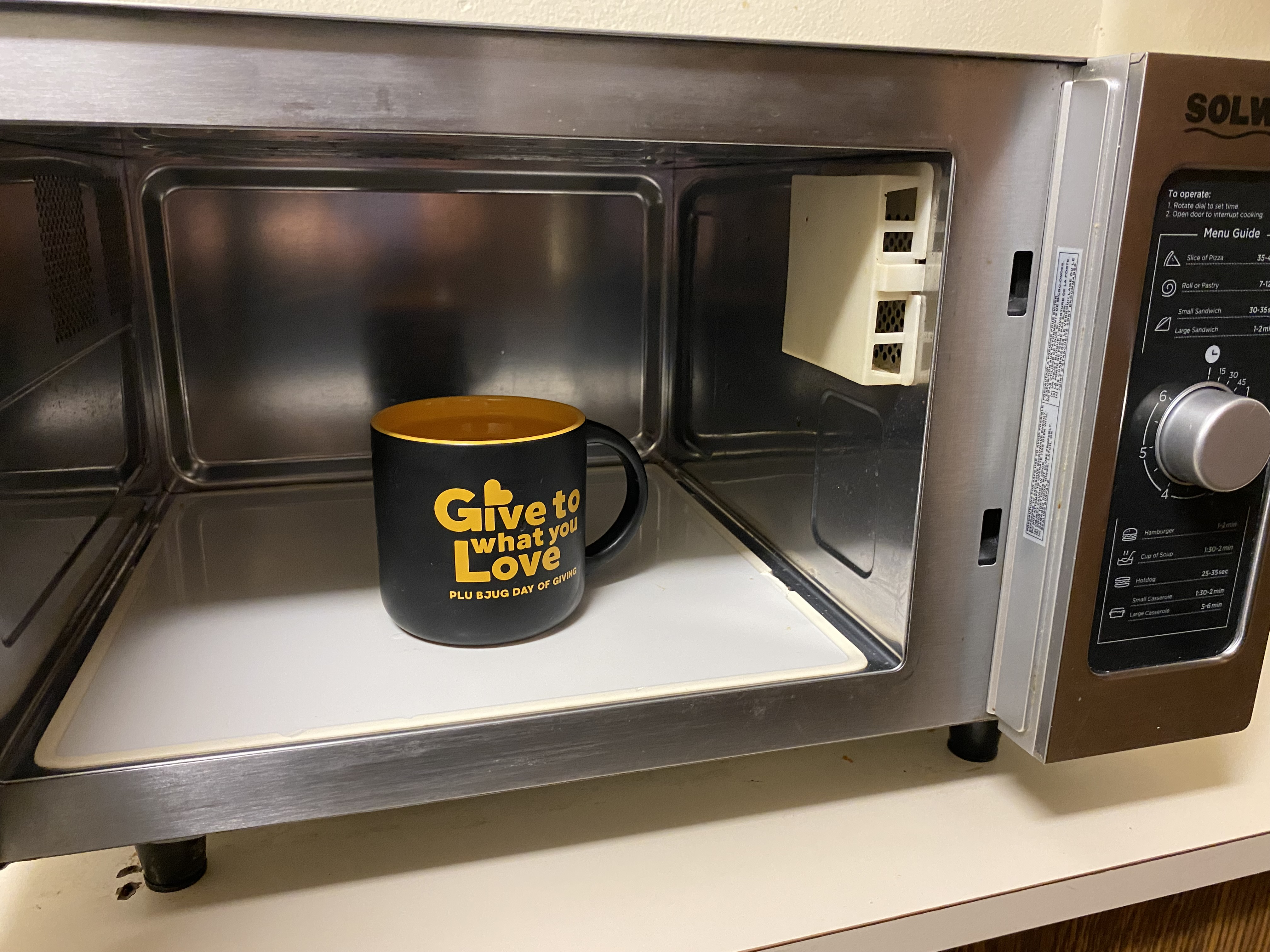Natalie Elskamp
Staff Reporter
Bright and early in the morning, Alice is craving a cup of tea, so she heads into the kitchen to heat some water. To her left is the kettle. To her right is the microwave. Which one should she use?
It is a familiar scenario to just about anyone. When Alice asks her colleagues to weigh in, they all agree: she should use the kettle.
But why? Why, in the era of convenience, do many people still refuse to boil water in the microwave?
As it turns out, there is some science to it. It just might not be what most people have in mind.
Normally, when water is heated past 212 degrees Fahrenheit, it boils. That means the water molecules are excited to a point that they escape into a gaseous state faster than they condense back into a liquid. Those who have taken a thermodynamics class will recognize this as the point which the liquid’s vapor pressure exceeds ambient air pressure.
It is also at this point that surface tension reaches zero—or at least, almost zero. Surface tension truly reaches zero at a particular, heightened temperature known as the critical temperature.
Below critical temperature, surface tension acts against the formation of small bubbles that initiate boiling. A liquid may, in consequence, exceed its boiling point without boiling at all. This is known as superheating.
Alice’s tea water, cooking undisturbed in the microwave oven in a shiny glass mug, might just get hotter and hotter until one of two things happen: (1) It finally gives way and explodes (i.e., it rapidly boils), or (2) She removes the mug, dips the tea bag in and then it explodes.
Either scenario is a recipe for disaster. Worst case, Alice will receive serious burns.
There is little need to worry, however, as superheating requires very specific conditions.
Following these tips will help Alice and others avoid a trip to the emergency room:
Having a rough surface in contact with the liquid helps bubbles to form. So, in order to avoid injury, Alice should not use a brand new mug, or any mug without chips or scratches on the inside. She should also avoid particle-free water and consider placing a popsicle stick or similar item into the water as it heats.
Alternatively, she could monitor the water to ensure that it does not get very hot in the first place. Each microwave is different, so Alice must learn how long it takes hers to heat water to the right temperature.
It is as simple as that. By all means, water may be heated in the microwave, but there are steps that can be taken to ensure no one is hurt.























